Sticking to Script: Amid 1981 Cable TV Boom, Stephen Michael Schwartz Sings, Acts in "The Music Shoppe" Sitcom-EXCLUSIVE INTERVIEW PT. 9
EXCLUSIVE! With a fully-produced audio demo (included!), plus footage from the sitcom, we hear how Stephen turned his self-penned "The Music Shoppe" theme song into the rockin' new song, "Walk Away"!
Following his 1974 self-titled debut Stephen Michael Schwartz album on RCA Records (about which more can be read here), and his Please Stand By network sitcom turn in 1977 into 1978, Stephen was searching…for a manager, another record deal, or even another TV gig.
Another TV gig eventually turned up, and it was one that allowed him to not only act, but to play his guitar and sing as part of the sitcom’s premise. In fact, he wrote…and sang the theme song for the show!
Recently, Stephen sat down and shared with Front Row & Backstage, in his own words, the story and backstory of the show, also reflecting on his fellow cast members!
Plus, he shows us how he turned the theme song he wrote (while insisting he keep the publishing rights) into an entirely new pop song, keeping the “guts” of the original!
Stephen:
During the early 1980s, cable television was becoming of great interest to the entertainment industry as an alternative to the three major networks. It opened up great opportunities for work for producers, writers, actors, and others as cable companies looked for content to feed a hungry viewing audience in this new format.
So, in 1981, as the scramble for content was happening, I got cast in my second TV sitcom called, The Music Shoppe, from Skylark Productions.
Here’s how producers described the show:
“Four music-loving teens working at the local music store (The Music Shoppe) follow their dreams and form a Rock 'n Roll band. Come and visit this almost magical place where dreams can come true and the music never seems to stop. The band members combine their original music and share many funny stories about growing up and being teenagers and playing music in a Rock 'n Roll band.”
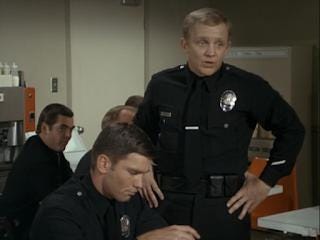
It starred Gary Crosby, (48-year-old son of Bing Crosby; more about him later), playing himself, me (perceived now as a well-seasoned professional at 28, and billed as “Stephen Schwartz” playing Adam Boyce), and newcomers Nia Peeples (19 at the time, below, in an early ‘80s publicity shot), Benny Medina (24), and David Jackson.
A quick fast forward: Nia went on to become a star in the hit television show, Fame (which debuted a year later on NBC), and had a successful recording career.
Benny soared to great heights becoming a successful record executive, television producer (The Fresh Prince Of Bel Air), and talent manager to some of the biggest names in the industry: Jennifer Lopez, P. Diddy, Usher, Mariah Carey, and Tyra Banks.
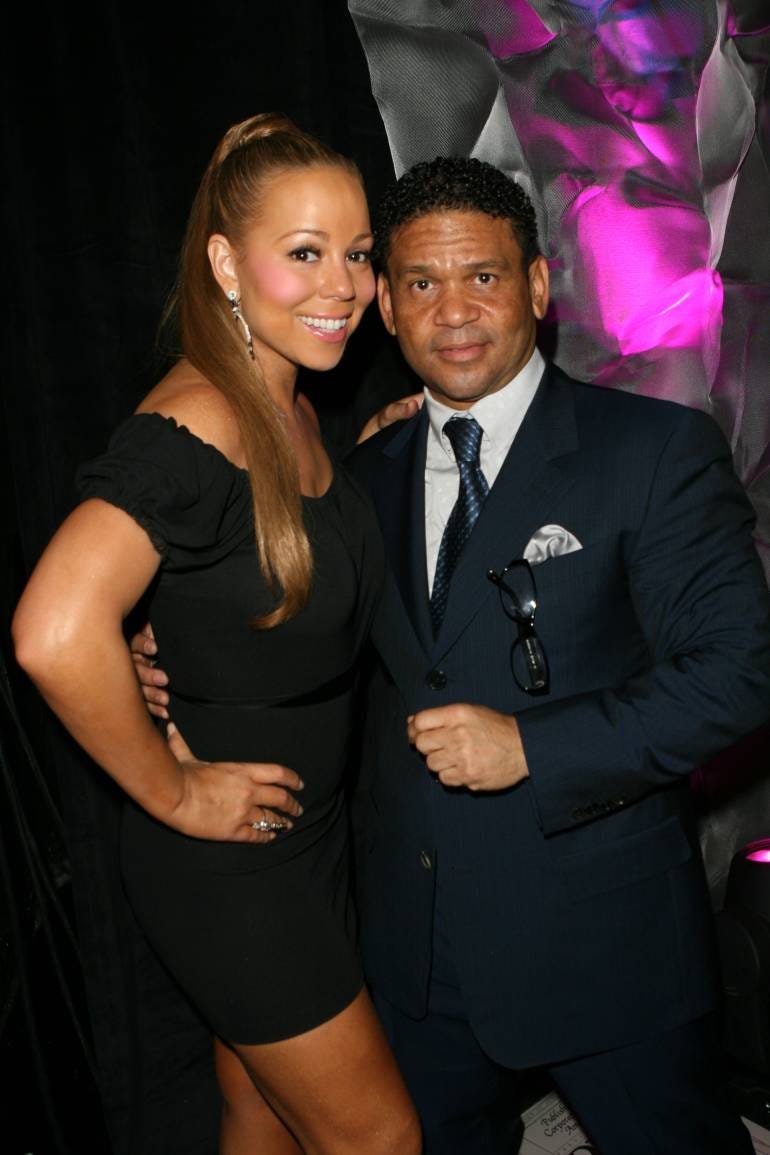
But, at this time Nia and Benny, along with David Jackson, were fledgling young actors, and this was their first real professional acting job. Jesse White, veteran character actor (and longtime Maytag washing machine TV pitchman from 1967 to 1988), played Spence, a cigar-chomping booking agent, wearing a hat and glasses in the clip below.
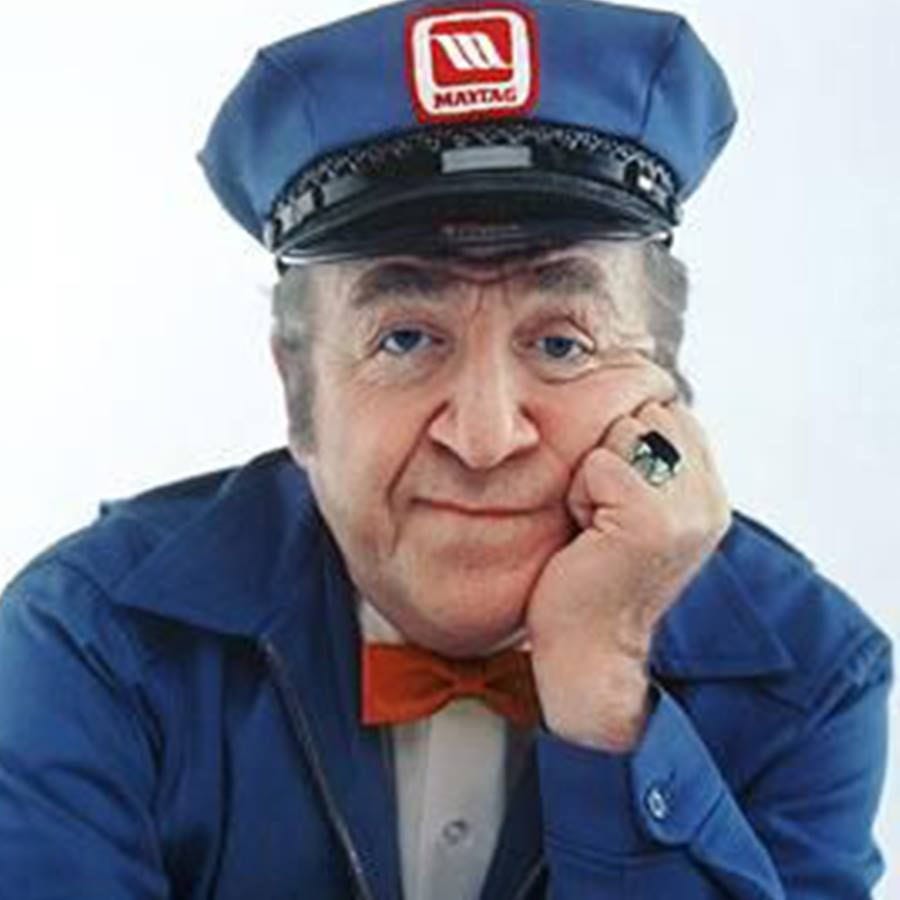
The Music Shoppe was not a network-quality production, by any means. The budget was low and the pace was fast. But, we gave it our all.
Gene Weed, the veteran 46-year-old director/producer (with 15 years of directing major award telecasts to his credit) with Skylark Productions, ran a tight ship on set. He had to: Time was money and there was little of either to spare. Get the shot and move on, and don’t expect too many “pick-ups” [re-shoots from another angle] if mistakes were made.
It was good to be working again, but I certainly got spoiled on my first series! The Music Shoppe was no Please Stand By.
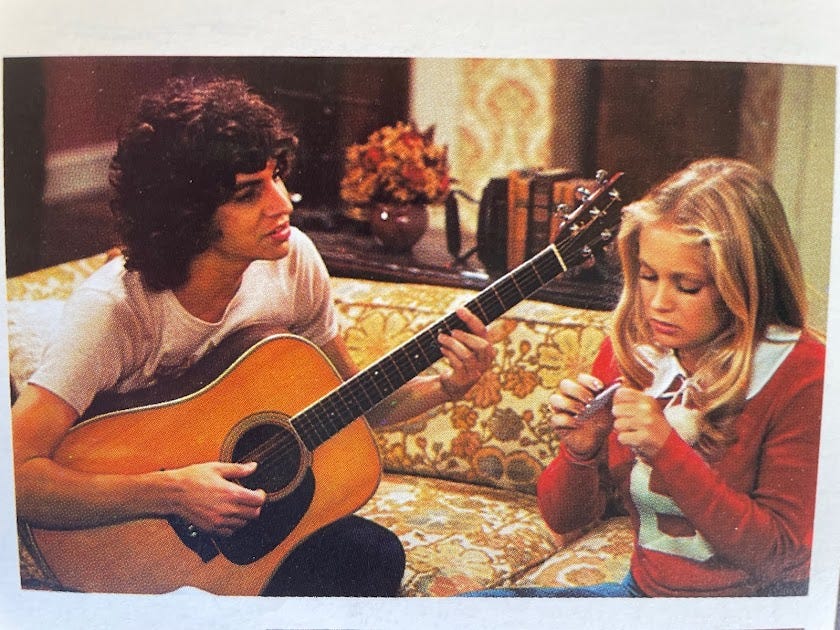
I was asked by the producers if I would write the theme song for The Music Shoppe, as I had done with Please Stand By. The song needed to reflect the energy and the nature of the show: the sound of a working teenage band. I came up with “Down At The Music Shoppe.”
This made the producers very happy and added credibility to my role as actor/singer/songwriter. I insisted on keeping the publishing rights to the song in case the show ever hit. The money you can make on a long-running TV theme is like gold.
Think of the Friends theme, “I’ll Be There for You” by The Rembrandts (written by David Crane, Marta Kauffman, Michael Skloff, and Allee Willis). Ka-ching!
[Editor’s Note: Or, Andrew Gold with “Thank You For Being a Friend,” used for The Golden Girls: “It’s true, it made me millions of dollars over the years, just because it’s one of those friends songs,” Gold once disclosed to Totally80s.com.
“There’s about five songs like (Carole King’s) ‘You've Got a Friend.’ It made it into that area. So, now I see it in like, greeting cards: You open it up, and there’s a little chip in there and it sings music, ‘Thank You For Being a Friend,’ and luckily it sings my version!”]
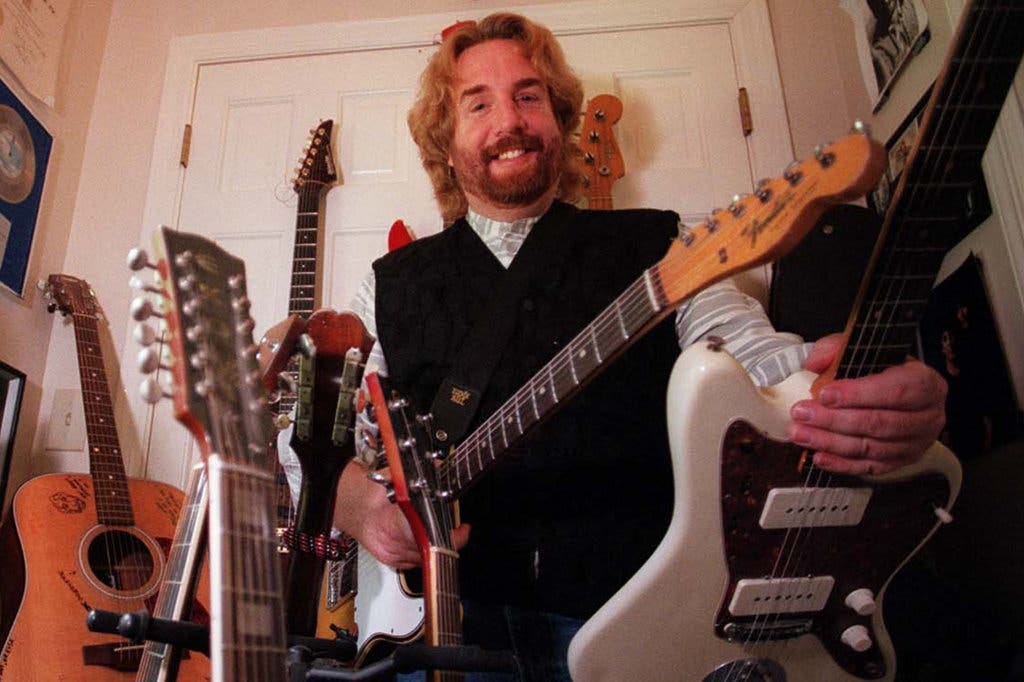
Of course, Friends had 236 episodes. The Music Shoppe, to my recollection, shot only 10 shows. I don’t recall if the producers sold the show or where, if ever, it ended up airing.
However, years later a VHS video tape surfaced for sale, which only had two episodes, including excerpts from Season 1, Episode 1, “Free Room & Rock,” shown in the video below. Other filmed episode titles included “Love Songs,” “Hot Hero,” “Money Isn’t Everything (But It Helps),” and “Positively Positive.”
[Editor: It should be noted that, while he wrote, plays guitar, and sings lead on the opening theme song, Stephen had nothing whatsoever to do with writing the song the band plays in the middle of the clip!]
After The Music Shoppe came and went with no fanfare, I decided to take the theme song and rewrite it for myself. I thought it might be a good song for my next incarnation as a rocker, “Eric Blaze and The Redhots.”
Here is a rough demo of “Walk Away,” which used to be “Down At The Music Shoppe”:
Tech Notes From Stephen
The guitar I’m playing on The Music Shoppe opening theme and on camera is my 1980 Gibson Les Paul. It’s called THE PAUL. It was sold as a stripped-down version of a standard Les Paul with a walnut finish…a very unique look. I used that guitar on the “Walk Away” demo, as well.
The guitar cost me around $450 new back then. Don’t know what it’s worth now. I wish I still had it, but I lent it to my son who left it in his car after one of his gigs and it was stolen!
The Song and How It Was Composed
Stephen: “Walk Away” starts in the key of C, and the chorus jumps right up to D which gives the song an immediate boost. Then it comes back down to C in the 2nd verse and repeats the jump up to D again in the 2nd chorus.
Everything is in a major key until the short four-bar bridge which goes into A-minor and a quick descending melody line. This is a musical trick and a psychological respite on the listening ear, setting up for the wild lead guitar break which goes back to the chorus key of D.
After the lead, it modulates yet again for one more lift to the key of E where the song plays out to the end.
It’s interesting to analyze it after the fact, but while writing it, I was not conscious of any of these moves. I was just writing what felt good and exciting at the time. Not to compare myself to my musical heroes, but I’m sure John and Paul weren’t thinking analytically about their songwriting either! At least in the early days they were going on raw talent and instinct, letting George Martin set the musical pieces in place.
The Recording and Production
I recorded “Walk Away” on my Teac 8-track in my home studio. In my opinion, the sound is thin and lacks the polish of a pro studio and engineer, but I worked with what I had and on little, if any, real budget.
Helping me produce and mix was a good friend at the time, Joey Viara, who was working at Sound City Studios, and was connected to Joe Gottfried (Rick Springfield’s manager, and co-founder with Tom Skeeter of Sound City in 1969). Joey thought Gottfried would see me as his next Rick Springfield, and wanted me to record some songs to present to Gottfried.
Gottfried and I did some work together for a short time, but I knew I was not his focus, and was put in the backseat while Springfield was in the driver’s seat.
It’s interesting to note that “Walk Away” was written (as “Down At The Music Shoppe”) in 1981, the same year (on February 14) Springfield came out with “Jessie’s Girl” and his break-out Working Class Dog album, recorded at Sound City.
I hear a certain similarity to “Jessie’s Girl” and “Walk Away,” both in the urgency and subject matter (girl trouble). Maybe I was influenced by hearing Rick’s song playing on the radio all the time, or maybe it was what was floating in the proverbial “sound cloud” of choices of the era to be plucked out and put down on tape.
“Jessie’s Girl” was a great record. Nothing Rick ever did was as good as that.
My “drummer” on “Walk Away” was my newly-acquired Roland TR-808 drum machine:
I played rhythm guitar on the track, and sang the vocals. The bass player was Felix Robinson (bassist for Angel, 1977-1981)…
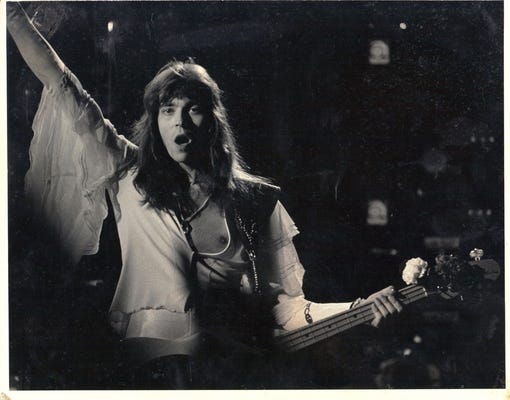
…and the lead guitarist was either Richie Zito (Billboard’s 1990 Producer of the Year) or Larry Brown-I’m not sure which. I used both musicians from time to time.

My Recollections of Working with Gary Crosby
I may have felt like a seasoned pro among the four actors on the show, but it was Gary Crosby who was the real veteran. Thanks in large part to his father, Bing, Gary had been a part of the entertainment establishment for over 40 years.

His work in film, television, and as a recording artist with The Crosby Brothers, was enough for me to pay this man legitimate respect. Gary wore his years in the entertainment trenches like so many battle scars. I got the feeling that at this stage of his long career he was simply burned out… exhausted, and bored…yet here he was working with me on a cable television show!
Perhaps there was something still stirring in his artistic soul.
Yes, Gary could be intimidating, gruff, and cantankerous at times, but he always treated me as an equal on set. He never pulled rank, was very professional, and was always prepared when it was time to shoot his scenes.
I felt a certain privilege sitting with Gary at lunch or on a short coffee break when he would begin talking about his past. The scope of his career spanned a whopping four decades!
Gary told me stories about recording with Louis Armstrong, Sammy Davis, Jr., and working with Elvis Presley in 1965 on the film musical, Girl Happy, but when he started talking about his father, that’s when Gary got a certain look in his eyes:
It wasn’t really sadness, teary- or misty-eyed; this was anger maybe even bordering on hatred. Years of enduring the adulation given to his father by the world, but also having experienced the other side of the man. This made the subject of “Bing Crosby” hard for Gary to talk about without revealing, internally, a volcano of emotion.
Mind you, Gary brought the subject up…and as he spoke, it was in his eyes that I could see all that was going on…not in his physical demeanor. That part was calm. It was clear he had lived this angst for a long, long time.
At one point, he actually shared with me, without holding back, how abusive Bing was with him and that nobody would believe that “Father O’Malley could be such a tyrant” [referring to his dad’s Oscar-winning role as a priest in 1944’s Going My Way].
It was during these moments I felt relieved when the AD (assistant director) would call us back to set. I had no words of comfort to give Gary; I imagine all I could muster was, “WOW!”
Two years after we shot The Music Shoppe, I heard Gary had come out with a book called, Going My Own Way. It was his autobiography filled with many of the stories he shared with me about his father’s physical and mental abuse while growing up.
I never felt the need to read the book; I simply wanted to keep my thoughts and my time with Gary separate and in my own little memory box. Whatever happened back then, I’m sorry Father O’Malley wasn’t around to properly guide that young boy through his youth.
But then, that only happens in the movies…
Coming Soon: Stephen and The Parachute Express Years
If you’re musically inclined to the point of knowing the difference between an XLR cable and a key modulation, then you’ll enjoy the Substack content of Michael Acoustic. As Michael describes his newsletter: “I write about the things I’ve learned [as a guitarist], the mistakes I’ve made that you can avoid, the good choices I’ve made, where to start, and some foundational concepts.”
And he does it all in a creative, well-written way that’s fun to read!👇Join me in subscribing, here:





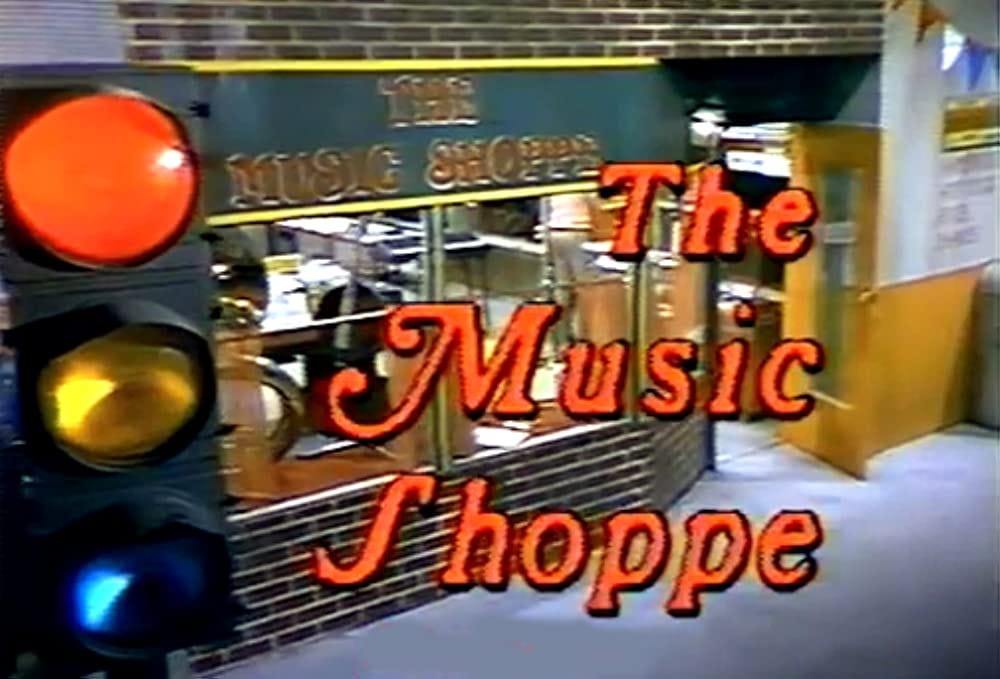
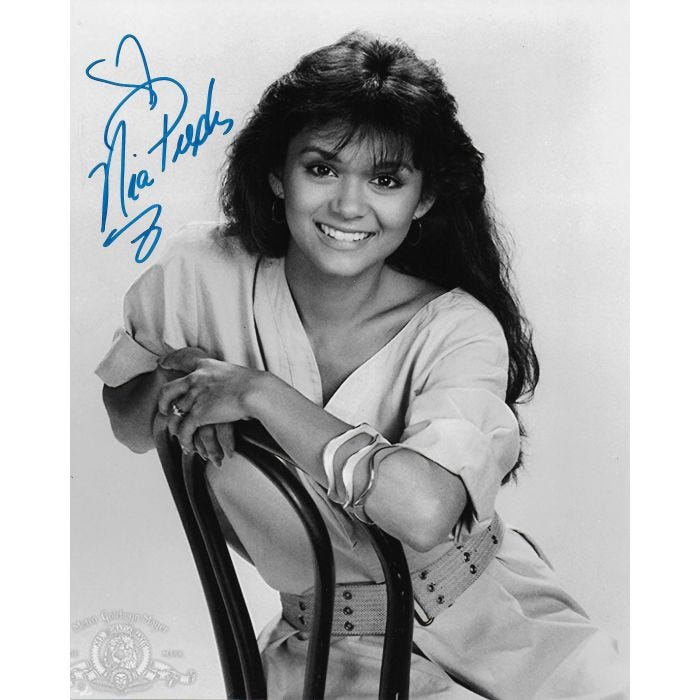
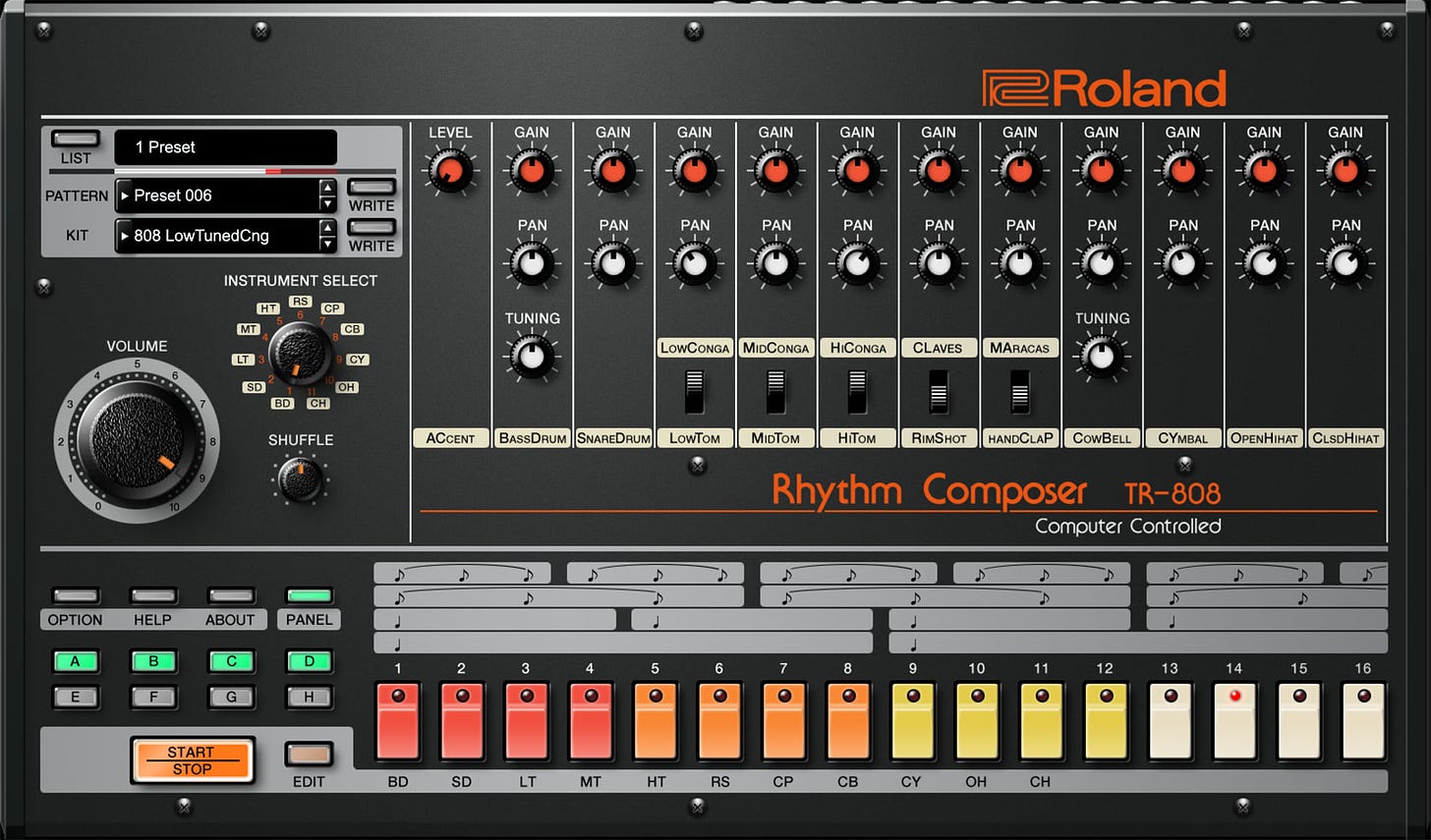


Thanks again , Brad!! Great to revisit this!
I'm never jealous of the roles of others within the music industry, but I will admit to some healthy envy for Stephen's friend Joey Viara.
To have been a fly on the wall at the legendary Sound City...
https://youtu.be/kREXK5sVjQ4